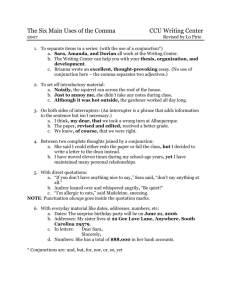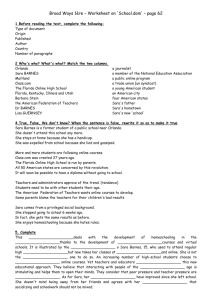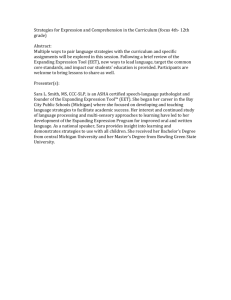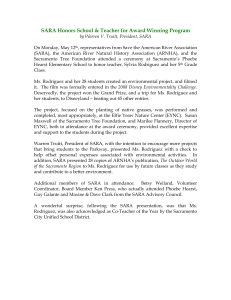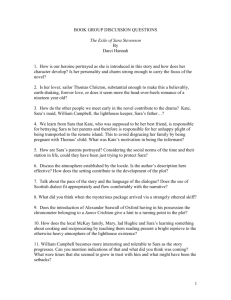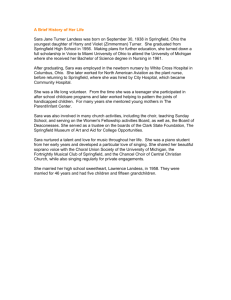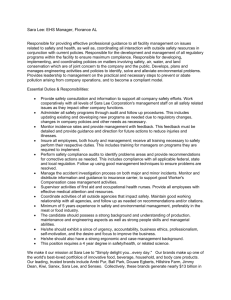For purposes of this paper, progressivism is defined as the "vague
advertisement
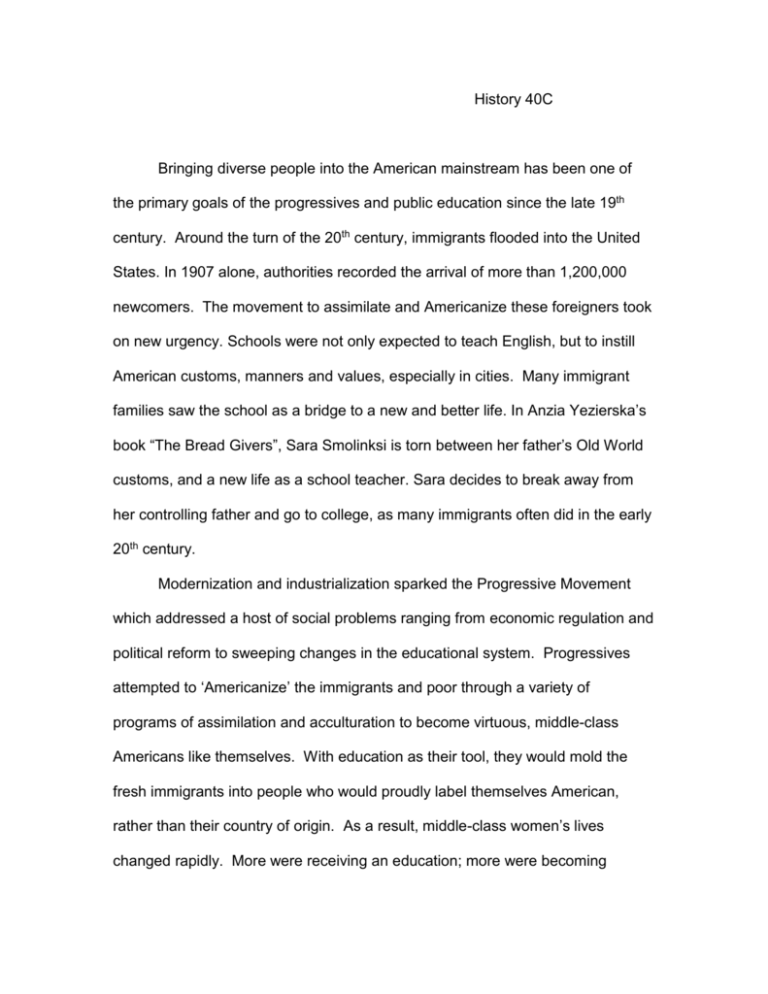
History 40C Bringing diverse people into the American mainstream has been one of the primary goals of the progressives and public education since the late 19th century. Around the turn of the 20th century, immigrants flooded into the United States. In 1907 alone, authorities recorded the arrival of more than 1,200,000 newcomers. The movement to assimilate and Americanize these foreigners took on new urgency. Schools were not only expected to teach English, but to instill American customs, manners and values, especially in cities. Many immigrant families saw the school as a bridge to a new and better life. In Anzia Yezierska’s book “The Bread Givers”, Sara Smolinksi is torn between her father’s Old World customs, and a new life as a school teacher. Sara decides to break away from her controlling father and go to college, as many immigrants often did in the early 20th century. Modernization and industrialization sparked the Progressive Movement which addressed a host of social problems ranging from economic regulation and political reform to sweeping changes in the educational system. Progressives attempted to ‘Americanize’ the immigrants and poor through a variety of programs of assimilation and acculturation to become virtuous, middle-class Americans like themselves. With education as their tool, they would mold the fresh immigrants into people who would proudly label themselves American, rather than their country of origin. As a result, middle-class women’s lives changed rapidly. More were receiving an education; more were becoming involved in various clubs involved in civic activities which brought members in contact with working-class women and with the world beyond their homes. It is this view of the independent working-class woman that Sara Smolinski envisioned herself attaining. Like many of her fellow immigrants, Sara Smolinski and her family arrived in America with hopes of a prosperous future while still holding tight to the culture and values of her old life. Her father held especially tight to these old values and customs, and he constantly reminded Sara of them. When her sisters fell in love with men and her father did not approve of them, he sent them away and found men for his daughters to marry; a very Old World tradition. Sara refused to let this happen to her, and runs away to become an independent working-class woman. In an argument with her father, Sara says, “I’m going to live my own life. Nobody can stop me. I’m not from the old country. I’m American!” (138). It is at this moment in her life that Sara crosses the line between her Old World life, and her new life as an American. Sara believed that to be American meant to be an independent, working woman not tied down by her old culture and ways. Sara and her sisters also tried many other ways to become more “American”. Although they never had their own toothbrushes or towels in Russia, soon after arriving in America, they all wanted one of their own. They desired new clothes to try to fit in, and Sara wanted to go on to higher education. These are two examples of how Sara and her family visualized and attempted to “Americanize” themselves. The progressives of the early 20th century had dreams of “Americanizing” all incoming immigrants. They planned on accomplishing this feat by educating and finding jobs for immigrant men and women. As the immigrants became educated, they gradually lost touch with their old past and customs, and thought of themselves as a true American. This is exactly what Sara Smolinski did by attending college and becoming a teacher. She envisioned herself as a true American woman, and distanced herself from her old world and her family. Both Sara and the progressives believed that through these educational reforms, they would become more enlightened, happier, and a better unit of society. By going to college and becoming and independent working-class woman, Sara did just what the progressives had envisioned for the many immigrants who came to America.
